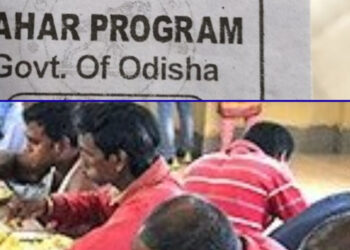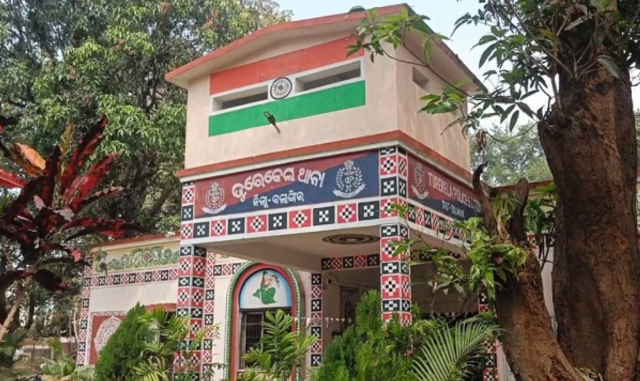The Ministry of Panchayati Raj has unveiled the Panchayat Advancement Index (PAI), a transformative initiative designed to evaluate and monitor the progress of over 2.5 lakh Gram Panchayats across India.
The index, which aligns with India’s commitment to the 2030 SDG Agenda, categorizes Panchayats into five performance levels: Achiever, Front Runner, Performer, Aspirant, and Beginner.
Key Findings from FY 2022–23 Report Out of 2,16,285 validated Gram Panchayats:
- 0.3% were classified as Front Runners.
- 35.8% were identified as Performers.
- 61.2% were categorized as Aspirants.
- 2.7% fell into the Beginner category. Interestingly, no Panchayat qualified as an Achiever, highlighting the potential for growth and development.
State-Level Insights States like Gujarat and Telangana emerged as frontrunners, with a significant number of well-performing Panchayats. By contrast, Bihar, Chhattisgarh, and Andhra Pradesh displayed developmental gaps, with most of their Panchayats falling into the Aspirant category.
The PAI scores reflect India’s commitment to grassroots development, assessing local governance based on nine SDG-aligned themes, including clean water, child-friendly policies, women empowerment, and poverty reduction.
Purpose and Impact The Panchayat Advancement Index aims to foster evidence-based planning and encourage competition among Panchayats. Its outcomes will help policymakers address developmental gaps and prioritize resource allocation. This initiative also empowers Panchayats to craft more effective development plans and underscores the importance of participatory governance.
Data Validation & Portal Over 2.16 lakh Panchayats submitted their data through the dedicated PAI portal. Data from five states/UTs, including Meghalaya and West Bengal, is pending validation, indicating the scope for improvement in data management.
As India progresses towards its 2030 Sustainable Development Goals, the PAI stands as a landmark innovation for transparency, efficiency, and community-driven growth.
For further details and the full report, visit .





























